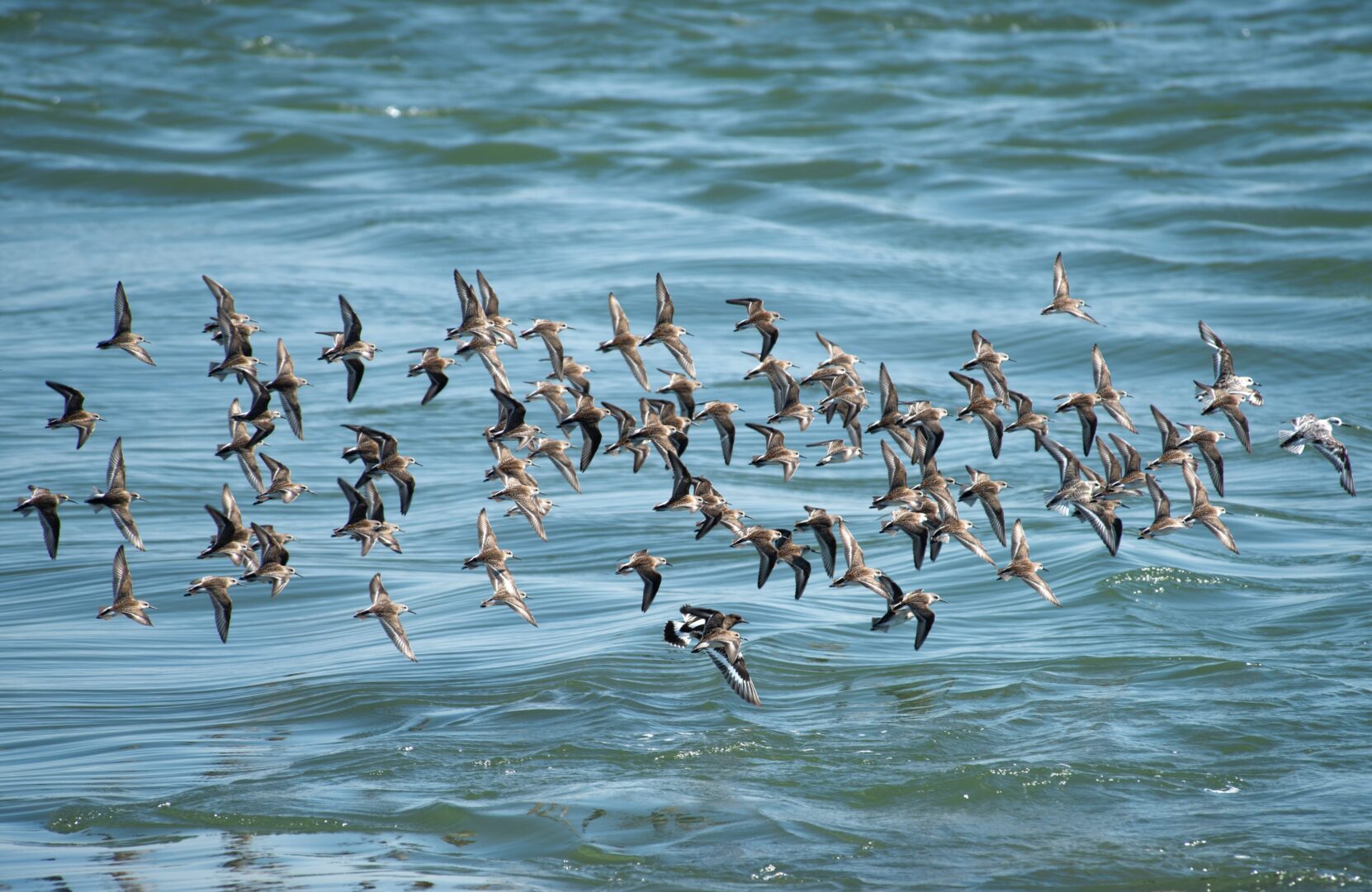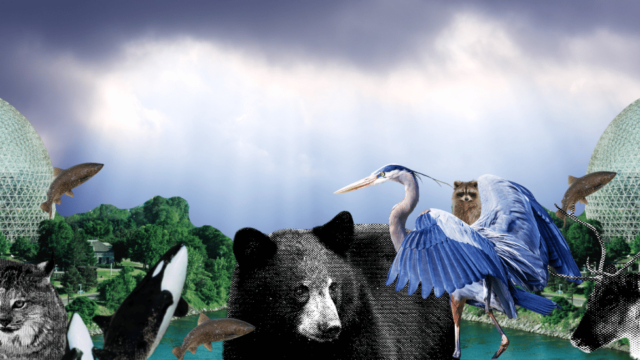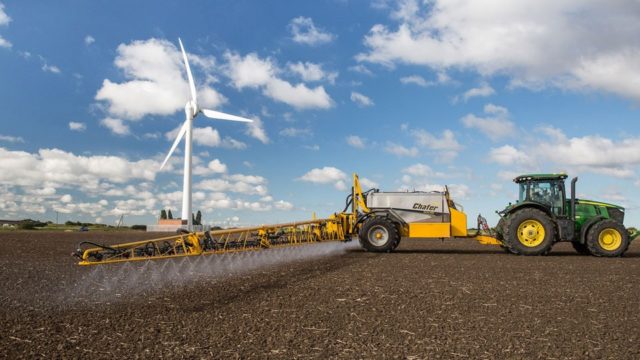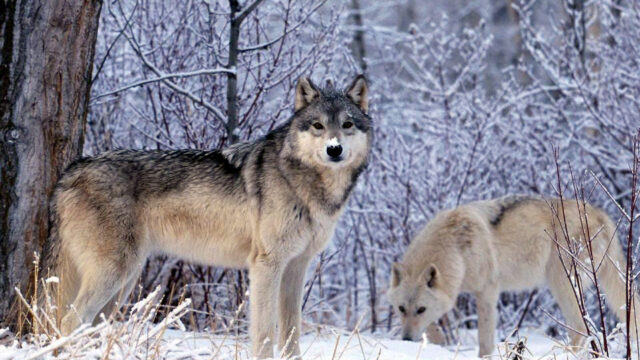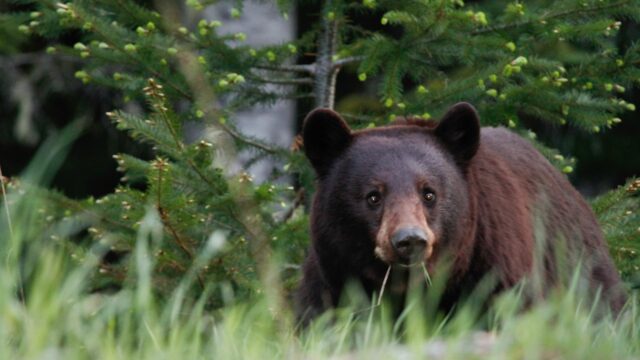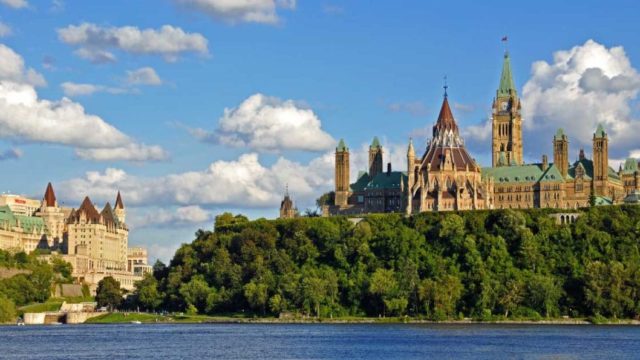Nature is incredible – remember the wonder and excitement of discovering something new in nature as a child? As people in Canada, we have the privilege of enjoying a stunning array of beautiful landscapes and incredible wildlife. Nature isn’t only beautiful – it’s critical to our survival. All people in Canada, particularly Indigenous Peoples, depend on the well-being of the natural world to support our cultures, health, and economy. We rely on healthy ecosystems to provide us with the air we breathe and the food we eat. Keeping nature intact is our best bet for the survival of the world we hope to pass on to future generations.
But around the world, nature loss is accelerating at an alarming rate. Around a million animal and plant species are now threatened with extinction – more than ever before in human history. In Canada, 1,231 species are listed under the Species at Risk Act, and populations of at-risk species have declined a staggering 59 per cent since 1970.
The news isn’t all bad. Nature is resilient! If we do our part to fight to protect nature, it will do its part to protect our well-being and the well-being of the whole natural world. Natural climate solutions offer some of our best options in the fight against climate change.
Last December, the UN Convention on Biological Diversity took place in Montreal. This was the largest biodiversity conference in a decade with 196 countries striking a deal on protecting and restoring nature.
With one-tenth of the world’s forests, one-quarter of the world’s wetlands, and more freshwater lakes than all other nations combined, Canada has an indispensable role to play in protecting global biodiversity. As Canada develops its action plan to meet its biodiversit targets, we have an opportunity to step up and be a leader in the global fight to halt and reverse nature loss.
Canada has committed to protecting 25 per cent of lands and oceans by 2025, and 30 per cent by 2030. To ensure Canada hits its targets, we need laws that hold governments to account for meeting them and that respect the rights of Indigenous communities.

